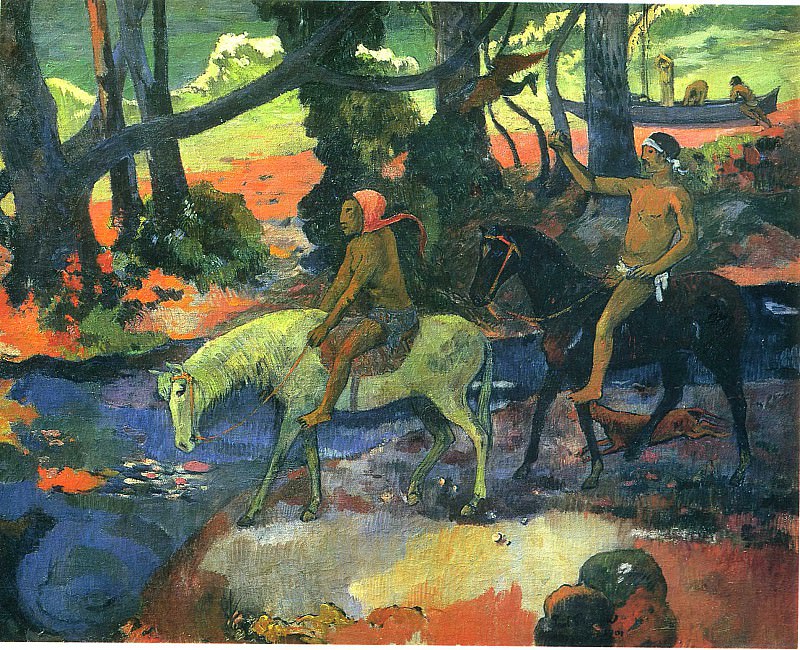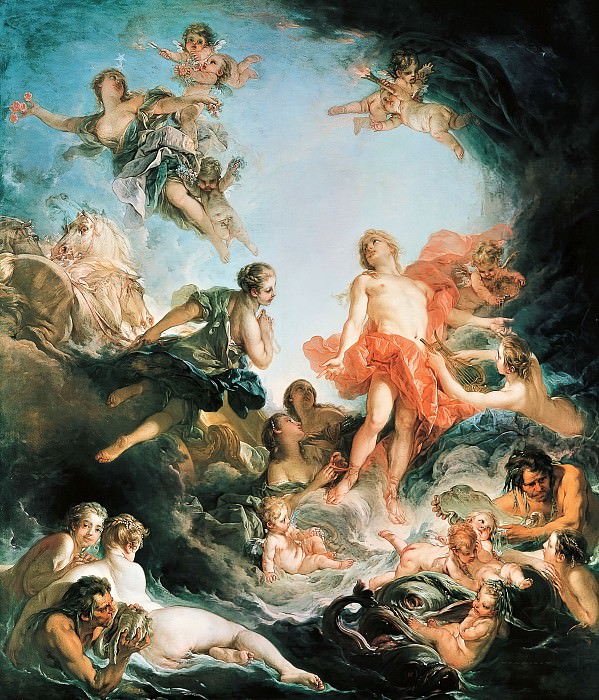Richard Prince: The Provocative Visionary of Contemporary Art
Richard Prince stands as a towering figure in contemporary art, renowned for his controversial and innovative approach to image appropriation. His work, which often blurs the boundaries between originality and replication, has sparked considerable debate and reflection within the art world. This examination of Prince's oeuvre provides an in-depth look at the elements that define his distinctive artistic practice and the impact it has had on both art and culture.
The Genesis of Richard Prince’s Artistic Journey
Born in 1949 in the Bronx, New York City, Richard Prince grew up amidst the vibrant, often tumultuous backdrop of the urban environment. His early life was marked by a deep engagement with the cultural artifacts and media of the 20th century, elements that would later become central to his artistic explorations. Prince’s journey into art began with a fascination for the ways in which images and narratives are disseminated and consumed. This preoccupation laid the groundwork for his eventual foray into the world of art, where he would challenge conventional notions of authorship and originality.
The Art of Appropriation: Conceptualizing New Narratives
Richard Prince’s art is fundamentally centered on the concept of appropriation. This practice involves taking pre-existing images and recontextualizing them within a new framework, thereby altering their meaning and significance. One of Prince’s most notable early series, the "Cowboy" paintings, exemplifies this approach. These works are derived from advertisements for Marlboro cigarettes, which Prince repurposes to create a new narrative and aesthetic. By removing the text and focusing on the imagery, Prince transforms the commercial into high art, questioning the boundaries between commercial and artistic expression.
Rephotography and the Creation of New Meanings
Another significant aspect of Richard Prince’s work is his use of rephotography. This technique involves photographing existing photographs, often from magazines or other media sources, and presenting them as art. The "Rephotographs" series is particularly illustrative of this method. In these works, Prince captures images from popular culture, reinterpreting them through his lens. This process not only comments on the proliferation of images in the media but also interrogates the nature of originality and authorship in a world saturated with visual stimuli.
The "Jokes" Series: Subverting Humor and Language
In the 1980s, Richard Prince introduced the "Jokes" series, which would become one of his most iconic and contentious bodies of work. These pieces consist of jokes taken from magazines and other sources, presented as large-scale text-based works. By elevating these often banal and culturally specific jokes to the realm of fine art, Prince challenges viewers to reconsider the value and context of humor. This series exemplifies his ability to merge the everyday with the avant-garde, creating a space where language and visual art intersect in unexpected ways.
Controversies and Criticisms: Navigating the Boundaries of Art
Richard Prince’s approach to appropriation and rephotography has not been without controversy. His works often provoke questions about copyright, intellectual property, and the ethics of artistic reproduction. Some critics argue that Prince’s practice constitutes a form of artistic theft, as he frequently uses images and texts created by others without permission. However, Prince defends his work by emphasizing the transformative nature of his practice, which he believes creates new meanings and contexts for the appropriated materials.
The Impact on Contemporary Art: Influences and Legacy
Richard Prince’s influence extends far beyond his own body of work. His innovative techniques and conceptual frameworks have had a profound impact on contemporary art, inspiring a generation of artists who grapple with similar themes of appropriation and originality. Prince’s work has been the subject of numerous exhibitions and retrospectives, solidifying his place as a pivotal figure in modern art. His approach to image-making and narrative has opened up new avenues for artistic exploration, challenging traditional boundaries and expanding the possibilities of what art can be.
The Aesthetics of Celebrity and Commercialism
Another significant facet of Richard Prince’s art is his exploration of celebrity culture and commercialism. In the series titled "Nurse Paintings," Prince appropriates images from romance novels and pulp fiction, recontextualizing them to critique and satirize the commercialization of female imagery. These works often feature cropped and altered images of women, which Prince uses to comment on the objectification and commodification prevalent in popular culture. This series, like much of his work, invites viewers to reflect on the intersections of art, commerce, and identity.
The Evolution of Richard Prince’s Artistic Vision
As Richard Prince’s career has progressed, his work has continued to evolve and adapt. His more recent pieces often incorporate elements of digital culture and contemporary media, reflecting the changing landscape of visual communication. Prince’s ongoing experimentation with new mediums and technologies demonstrates his commitment to pushing the boundaries of artistic practice. Whether through digital manipulation or new forms of image production, Prince remains at the forefront of contemporary art, continually redefining his approach and influence.
Richard Prince in the Context of Modern Art Movements
Richard Prince’s work cannot be fully appreciated without considering its place within broader modern art movements. His practice intersects with various artistic trends, including conceptual art, postmodernism, and appropriation art. By situating his work within these contexts, it becomes clear how Prince’s innovations contribute to and challenge existing paradigms. His ability to navigate and critique these movements underscores his role as a transformative figure in contemporary art.
The Enduring Legacy of Richard Prince’s Art
Richard Prince’s contributions to the art world have left an indelible mark on both artists and audiences alike. His provocative use of appropriation and rephotography continues to inspire debate and discussion, reinforcing the dynamic nature of his work. As art evolves and new forms of media emerge, Richard Prince’s influence remains a crucial reference point for understanding the intersections of art, culture, and commerce.
In sum, Richard Prince’s art represents a bold and provocative exploration of image, narrative, and authorship. His innovative techniques and critical approach have established him as a seminal figure in contemporary art, whose work continues to challenge and inspire. Through his recontextualization of existing images and texts, Prince has created a body of work that invites viewers to question the nature of originality, meaning, and artistic value in the modern world.















